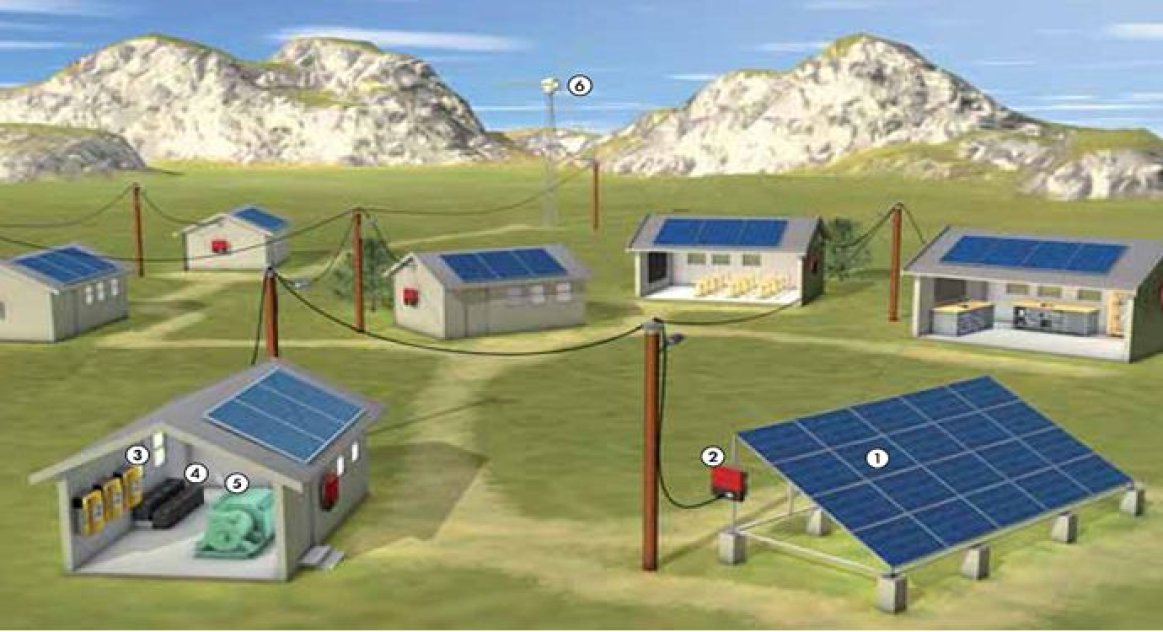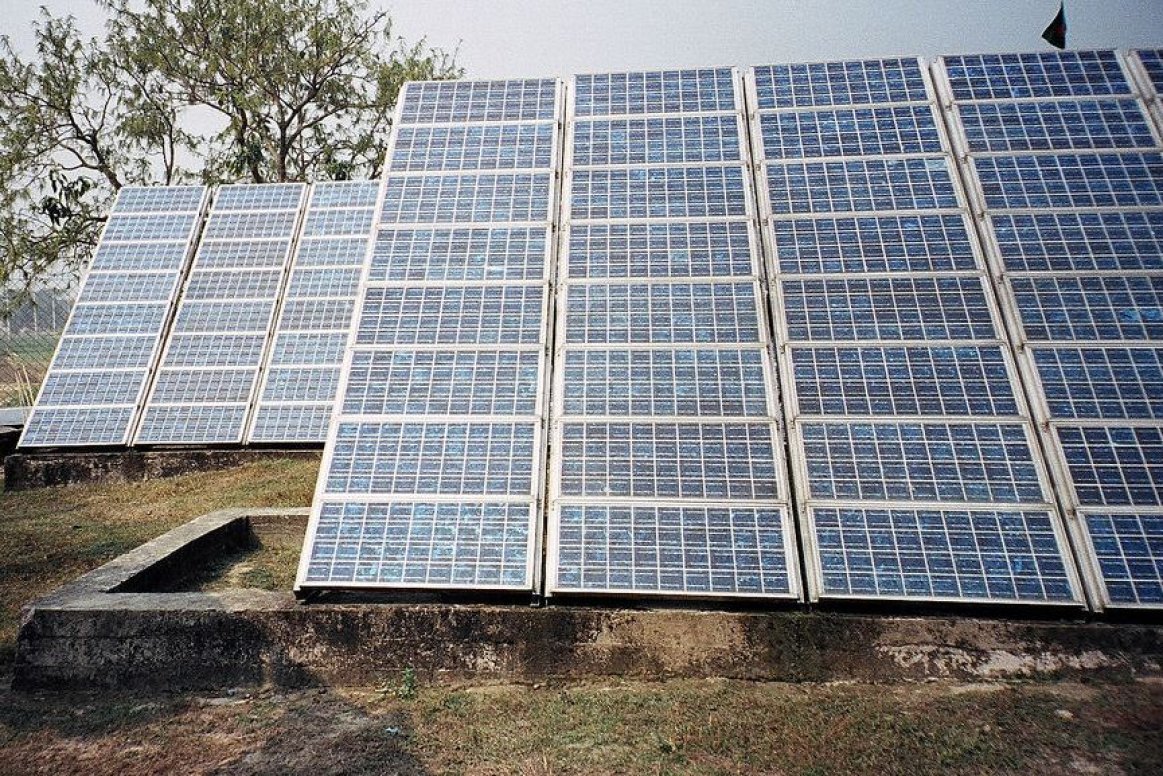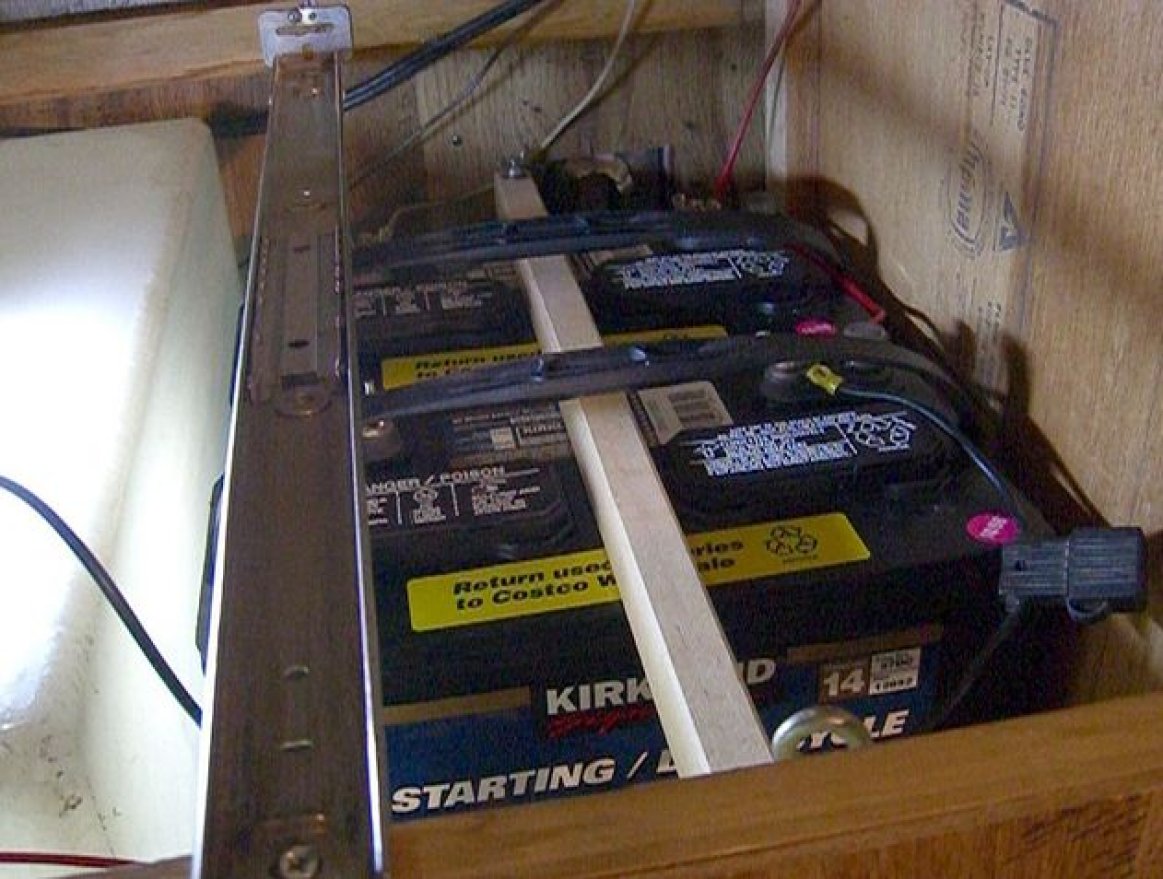


Since PV systems produce electricity directly from sunlight and maximize the efficiency of energy collection, it may seem like adding or choosing a PV system with battery backup would only increase stability and add value to the investment, but will it?
Here are the facts to help you decide.
Understanding the factors that impact PV system performance is crucial. Three major factors are:
- Temperature
- The amount of sun “peak hours” seasonally and regionally
- The efficiency of your inverter and/or charge controller.
In this instance, simply knowing the best-case scenario for your PV system, based on regional location data will help you maximize efficiency without added expenses.
PV System Options and Advantages
There are four PV system options:
- Grid-Tie with battery back up
- Grid -Tie (battery free)
- Off-Grid/ Stand Alone
- PV Direct
The most obvious advantage to adding a battery backup system (Grid-Tie with battery backup or Off-Grid) is the assurance of power during an outage. So in areas where power outages are frequent or extended in duration it is relevant to compare the need against the additional cost and maintenance.
The Green Variable
Concerns over climate change may also prove to be an influential factor for the Grid Free/Stand Alone option. It is important to note that PV systems in general offer a tremendous reduction in utility dependency and that battery backup systems can add as much as 25 % in residential costs while producing 7-10 % less energy than the Grid-Tie option.
The Final Analysis
Solar photovoltaic experts presently agree that adding a backup battery system should only be considered for use in remote locations with limited utility access or where power outages are frequent and long lasting.
PV Systems |
Pros + |
Cons - |
|
| Grid-tie with Battery Backup | • Can provide power to designated appliances (i.e. refrigerator or server) • Sends excess energy back into power grid for credits • Stores energy for use during an outage |
• Increase in cost • Complex • Increase in maintenance • Decrease in savings credits |
|
| Grid-tie w/out Batteries | • Simple • Cost effective • Lower maintenance • Stores Energy through “Net Metering” • Excess Energy is sent back into the utility provided power grid for credits and refunds |
• No back up during an outage even when the sun is shining | |
| Off Grid/ Stand alone | • Eliminates utility dependency • Works with wind or hydro power renewable energy generators |
• Increase in cost • Complex • Increase in maintenance • Less efficient |
|
| PV Direct* | • Simple • Connects directly to motor or pump • Low maintenance |
• Limited usage • Does not create energy surplus |
* Limited use for direct connect PV panels - usually only for water pumping
Comments
10 year old articles like this should be removed. It's ridiculous to be showing those kind of cost numbers on batteries, especially with no date on the article. My only clue was a 10 year old comment.
Thanks for your comments. We removed the costs as they are no longer pertinent given the declining pricing in energy storage.